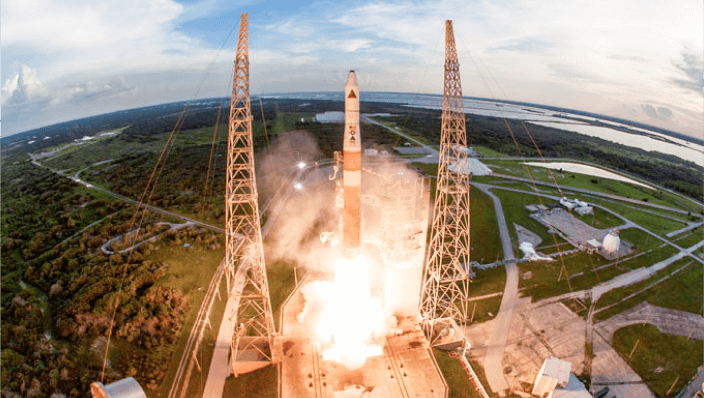Reimagining the MQ-9 Reaper
Watch the Mitchell Institute for Aerospace Studies’ release of its new policy paper. Reimagining the MQ-9 Reaper, by Maj Gen…
Watch the Mitchell Institute for Aerospace Studies’ release of its new policy paper. Reimagining the MQ-9 Reaper, by Maj Gen…
John “Slick” Baum is joined by Dr. Brendan Mulvaney of the China Aerospace Studies Institute, the former Director of Research at CASI, Ken Allen, and Mitchell Institute research analyst Daniel Rice to discuss the big question on everyone’s mind, “What is China’s global intent, and what are they doing to achieve these goals?”
Watch the Mitchell Institute’s rollout for our policy paper: Affordable Mass: The Need for a Cost-Effective PGM Mix for Great…
General Buzz Moseley, USAF (Ret.), General Chuck Wald, USAF (Ret.), Lt Gen Dave Deptula, USAF (Ret.), and Maj Gen Larry Stutzriem, USAF (Ret.) rejoin us to provide first person air commander perspectives regarding the air campaign they led against the Taliban, which began on October 7th, 2001.
The Mitchell Institute invites you to watch our live virtual Aerospace Nation event with Gen Jeffrey L. Harrigian, Commander, U.S. Air Forces in…
In this Rendezvous episode, we discuss why the Chinese are pursuing a new strike technology, ACC’s desire to rethink how it trains pilots, whether “over the horizon strikes” with UAVs will continue to present value, and the latest considerations when it comes to replacing the E-3 AWACS.

Empowering actors at all levels with a smart set of options at the right time and place demands procuring the most effective, efficient, and resilient set of tools.

Resource investment must prioritize investments that will yield best value for the Air Force, Space Force, and national security establishment as a whole.

Strategic deterrence is the bedrock of the national security enterprise thanks to the virtues and value of the triad.

National security space activities are essential facets of any military operation, while also creating conditions essential for the civilian economy.

Meeting national security requirements today and tomorrow requires insightful, creative approaches that prioritize America’s strengths, while not projecting undue vulnerability.